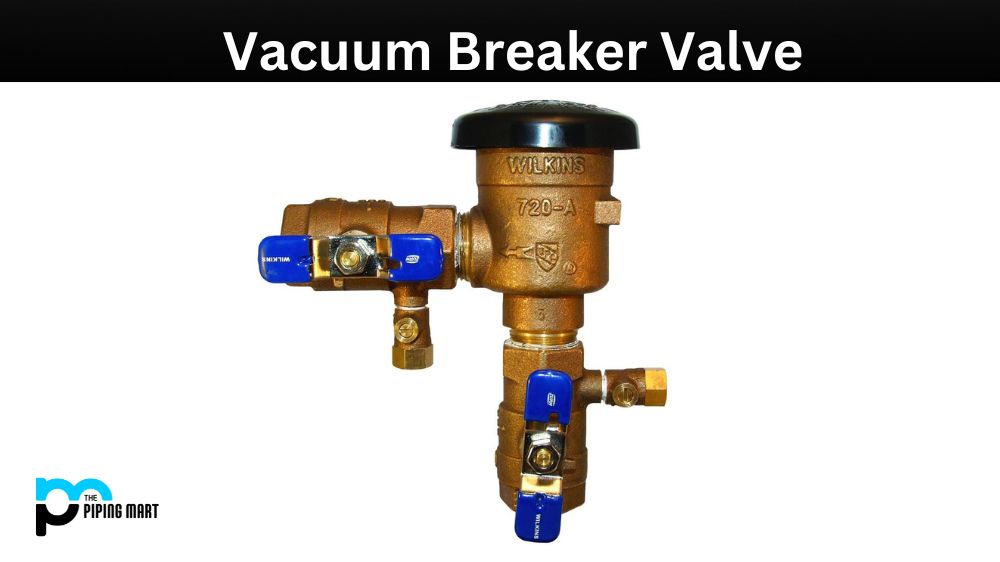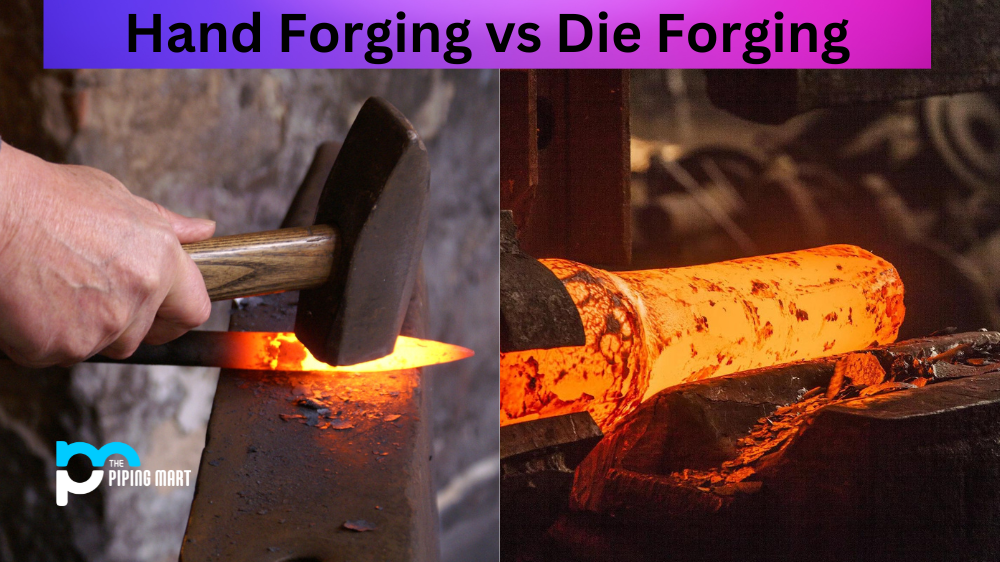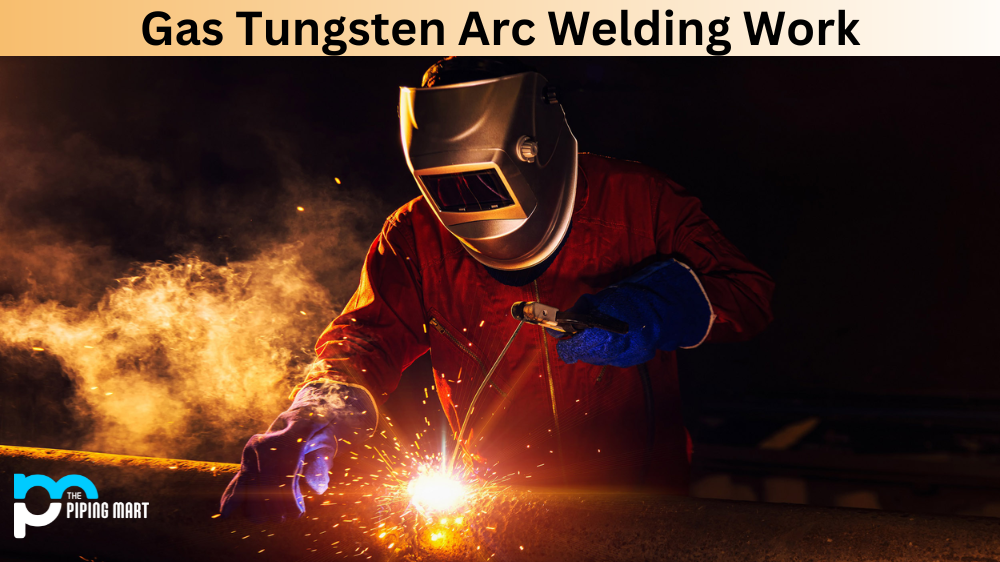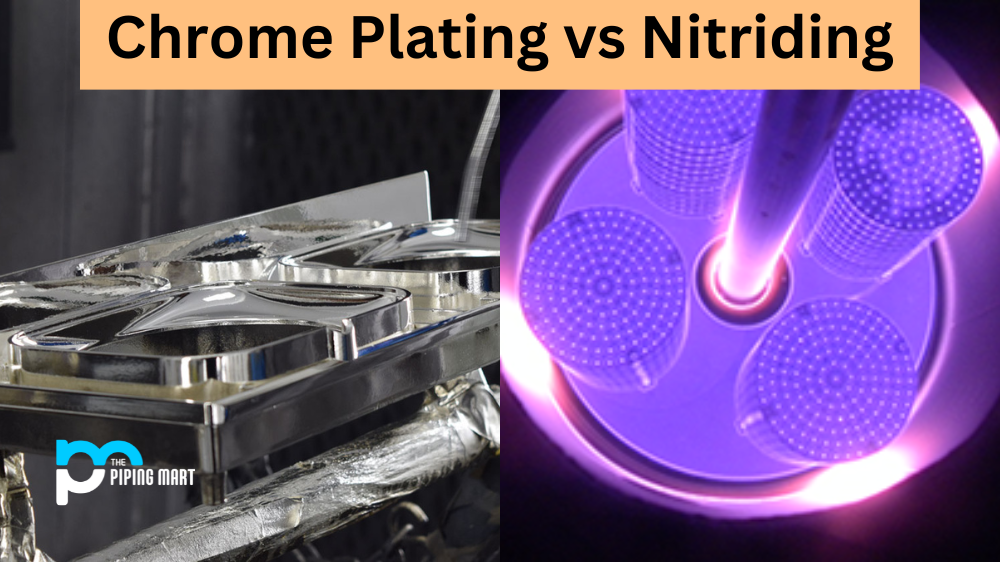When it comes to keeping water supplies safe and uncontaminated, vacuum breaker valves are essential in domestic and industrial applications. These valves are designed to prevent water backflow, which can lead to contamination and a dangerous health hazard. If you need clarification on what a vacuum breaker valve is or how it functions, keep reading on! This blog post will detail the properties, uses, and applications of vacuum breaker valves and provide an insightful guide on how to use them effectively.
What is Vacuum Breaker Valve?
A Vacuum Breaker Valve is a valve that prevents back-siphonage of fluid or gas from any source into the potable water supply. It allows contaminated liquids to escape from the system when internal vacuum is created due to a decrease in pressure, thus preventing dangerous pollutants and bacteria from entering our drinking water supply.
Properties of Vacuum Breaker Valves:
Firstly, let’s examine the properties of vacuum breaker valves. Vacuum breaker valves are safety devices that protect water systems from contamination by controlling water flow. They work by preventing the backflow of contaminated water into the supply system, which can cause illness and other health hazards. Vacuum breaker valves come in various shapes and sizes, from simple inline valves to more complex designs incorporating multiple valves and other components.
Uses of Vacuum Breaker Valves:
Vacuum breaker valves are used in various applications, from commercial buildings to domestic residences. They are commonly used in irrigation systems, swimming pools, and spas to prevent the backflow of contaminated water. They are also found in laboratories, manufacturing facilities, and industrial plants to protect water systems from chemical and other hazardous materials. Vacuum breaker valves are essential in hospitals and other healthcare facilities to maintain hygiene and cleanliness in their water supply.
Applications of Vacuum Breaker Valves:
Vacuum breaker valves are used in various fields and industries for multiple applications. They are typically installed in pipes leading to areas where water is drawn or used, such as taps, faucets and water outlets in commercial buildings, factories, laboratories, hospitals, and residential homes. In addition, vacuum breaker valves are used for backflow prevention in specialized equipment like autoclaves, boilers, and steam generators. Finally, vacuum breaker valves are automatically installed in fire sprinkler systems and are mandatory by law.
How to Use Vacuum Breaker Valves:
It is crucial that vacuum breaker valves are installed correctly and used properly. They require routine maintenance and testing to ensure they are functioning correctly. Here’s how to use a vacuum breaker valve:
Correct Installation: Follow the manufacturer’s instructions for properly installing the vacuum breaker valve. Ensure that it is installed in the right application and correctly wired.
Maintenance: Regularly inspect the valve for wear and tear and ensure it’s clean and debris-free. Change the filters regularly.
Testing: Conduct regular testing to ensure that the valve is functioning effectively and to mitigate any problems that could arise.
Conclusion:
Vacuum breaker valves are essential safety devices to prevent water from getting polluted. They operate to prevent potentially contaminated water from flowing back into the water system through backflow prevention. It is important to understand the properties, uses, applications, and correct usage of vacuum breaker valves to prevent any water-related contamination hazards. By following this guide, we hope you better understand how vacuum breaker valves work and can use them safely and effectively.
Meet Heer, a dynamic and driven writer learning tricks of her trade in the metal industry. With a background in Digital Marketing, Heer brings a unique perspective to her writing, sharing valuable insights. Apart from blogging she like reading and hiking.




